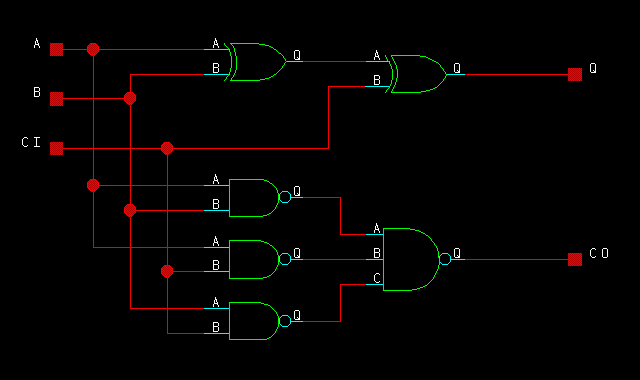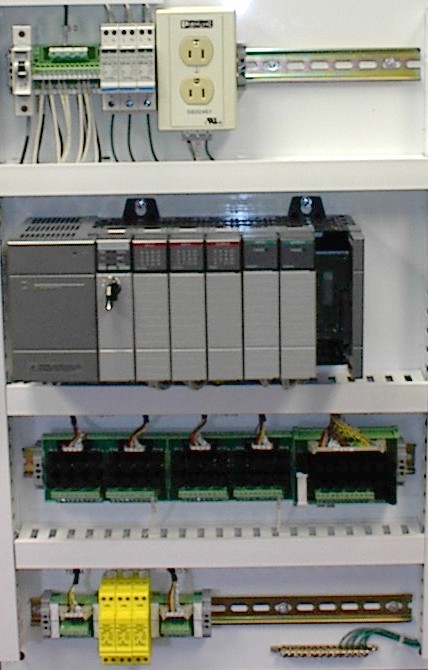Most modern slot machines are designed to look and feel like the old mechanical models, but they work on a completely different principle. The outcome of each pull is actually controlled by a central computer inside the machine, not by the motion of the reels.. The slot machine`s realistic action is provided by seven ICs and three displays, as shown.Read : Tica Tak Electronic Dice Circuit Diagram
So faster slot machines are looser. However, if the slot machine is slow with decisions, the house has to increase their edge on these machines so that they still make the kind of money they desire from them—or rather from you, actually, since you are the one pumping your money into them. So slower machines are tighter. Computers and Electronics — Knowledge of circuit boards, processors, chips, electronic equipment, and computer hardware and software, including applications and programming.; Mechanical — Knowledge of machines and tools, including their designs, uses, repair, and maintenance.; Customer and Personal Service — Knowledge of principles and processes for providing customer and personal services.
Digital Electronic Slot Machine Circuit Diagram

Slot Machine Logic Circuits


Two 555 CMOS timer ICs generate pulses. IC1 is used to generate the clock pulses for the entire electronic slot machine. The pulses are coupled from the output (pin 3) to the clock inputs of IC4, IC5, and 1C6, the display-driver ICs. The displays are common-cathode 7-segment LED types. They are wired to display three different symbols, an L, a 7, and bar, When all three displays show the same symbols, IC7 (a 4023 triple 3-iriput NAND gate) decodes a winner and sends a signal to pin 5 of IC3. Read: Build a Toy Siren Circuit Diagram
That IC is a 4001 CMOS NOR gate and it turns on IC2, a 555 timer IC. IC2 actually produces the winner tone on its output, pin 3. Transistors Q4 through Q12 are used to drive the common-cathode displays. An LED is used to indicate the clock pulses, and a variable resistor is provided for each of these functions. Trimmer resistor PI controls the overall clock rate, P2 controls the winner tone, and P3 controls the display brilliance.